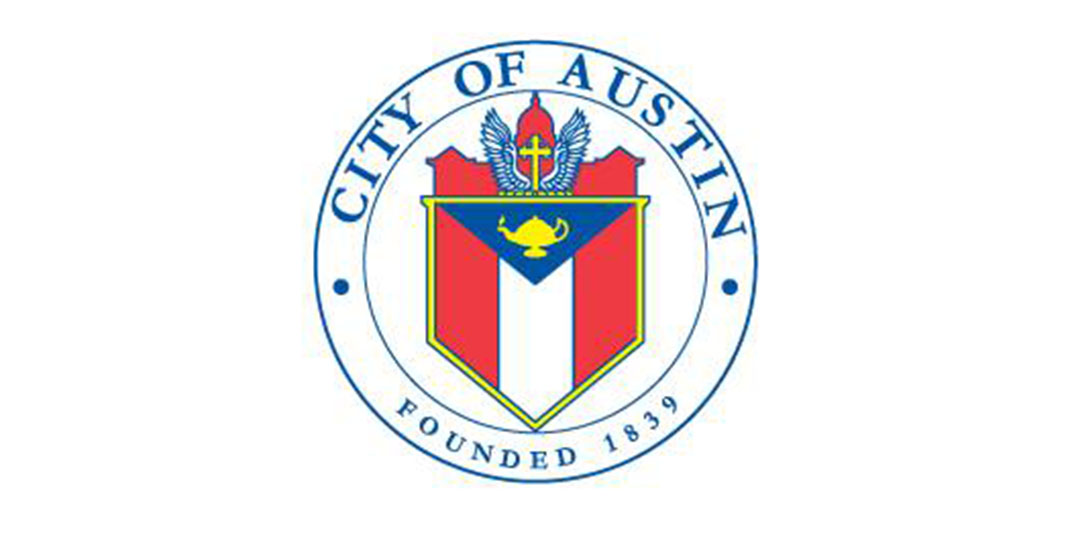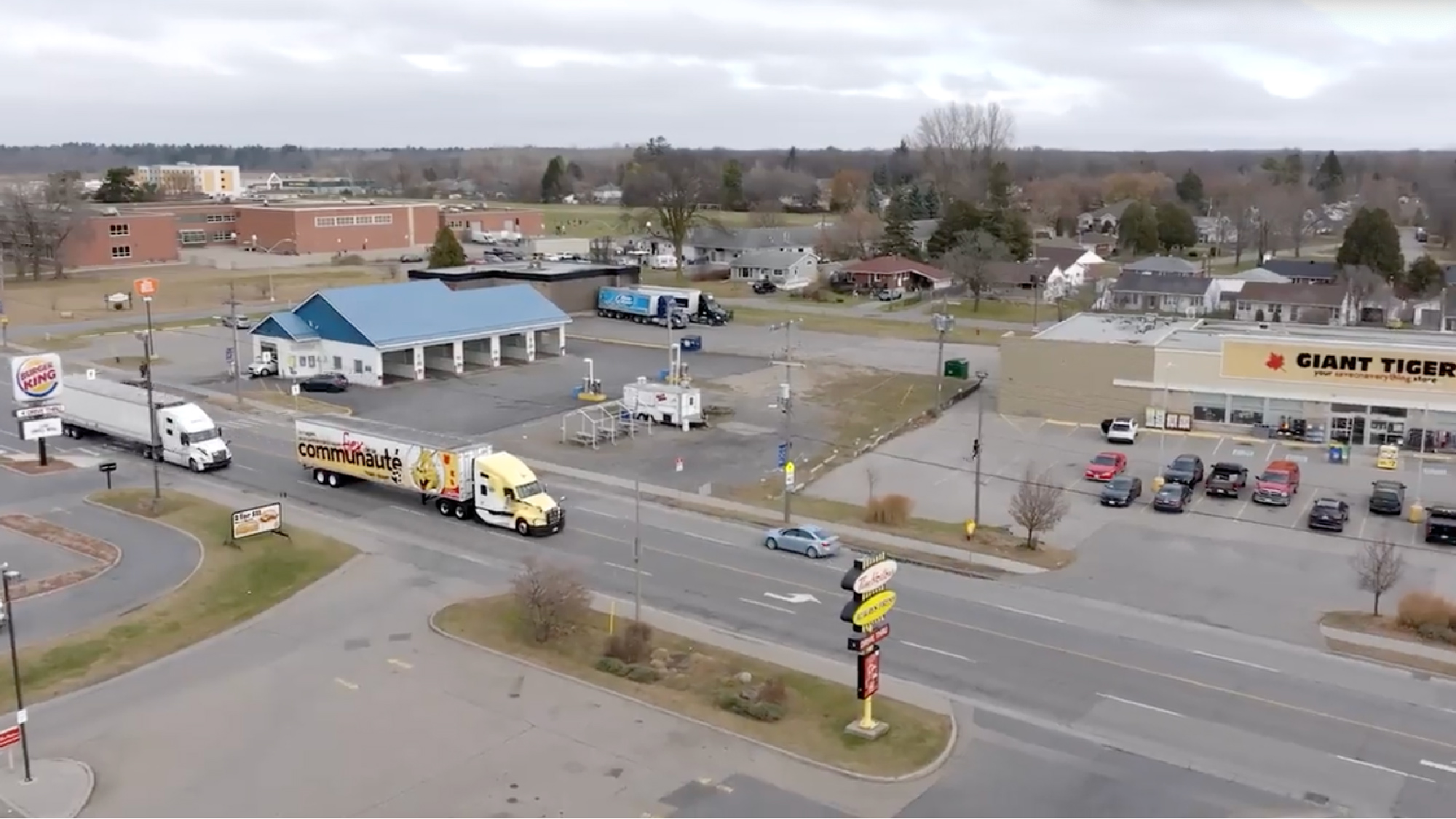
City of Austin, Texas: Managing fleets with telematics in a once-in-a-century storm

Table of Contents
The City of Austin, Texas’ fleet operations services an inter-city region of 4,200 square miles and needed an enterprise solution to cut costs, improve efficiency and increase its safety profile. It found a solution in Geotab, which was successfully put to the test in February 2021 during Winter Storm Uri. The once-in-a-century storm caused massive power loss and a boiled water event over a weeks-long period.
The Challenge: Searching for a scalable solution
Having a scalable telematics solution that covers the needs of the entire fleet can be a tall order for a large, diverse metropolitan operation. But that’s exactly what the City of Austin, Texas’ Fleet Mobility Services Department was looking for.
Serving a metropolitan area with a population of more than 1 million, Austin has “a very, very active fleet,” observes Rick Harland, assistant director of Fleet Mobility Services. Fleet vehicles accumulate more than 42 million miles per year.
Harland and his team oversee more than 7,000 pieces of equipment from lawnmowers to fire equipment. Fleet Mobility Services supports 25 different departments, including:
- Emergency services
- Utilities (electric, water, refuse)
- Public works
Fleet Mobility Services also operates 42 fueling stations, which distribute more than 5.6 million gallons of fuel of all types annually.
Telematics was a compelling way to manage such a large, active and complex fleet.
Harland says that driver safety and cost savings opportunities were the primary reasons to find a scalable solution. And there were several specific ways telematics could help him and his team achieve that goal. These include cutting the fleet’s collision rate, which hovered around 600 crashes per year, and implementing a predictive maintenance program to help improve the efficiency of the city’s seven service centers.
“Asset tracking from a fiduciary and transparency perspective makes sense,” notes Harland. “With GPS and telemetry there is no better way to track drivers and vehicles and keep them safe.”
Finding sustainable solutions
As a technology-forward city, Austin had other priorities beyond making fleet operations more efficient. The city aims to be more sustainable, with a goal to be carbon neutral in the next few years. Telematics is a key element for the fleet to help the city meet these goals.
“In order to be carbon neutral you have to have telematics,” says Harland.
When Harland and his team began reviewing telematics solutions, Geotab stood out thanks to its customization and scalability.
“Having real-time visibility and insights on vehicle use and driver behavior is invaluable,” Harland says. “Geotab makes it easy to take action on the data and insights provided. That’s hard to beat and makes it easy to communicate value to executives and front-line employees.”
Harland says that he selected Geotab because of all the advantages it brought to the table, including the potential to cut costs.
“The ROI was very attractive with Geotab,” he says.
The Solution: Using telematics to route resources
The City of Austin began installing Geotab units on fleet vehicles in October 2020, and by February 2021 had about 300 vehicles equipped with the telematics solution.
And then a dramatic turn of events took place that put the fleet and its Geotab solution front and center. Winter Storm Uri hit the Lone Star State on February 13, 2021 with a vengeance, bringing freezing temperatures and knocking out most of the power in Austin.
Harland notes that due to the combination of the storm’s severity, the low temperatures it caused, its duration (four days for the initial storm event) and that it took place during a pandemic, it made navigating through the event particularly challenging for the City of Austin’s emergency response services.
Tracking fuel trucks during the storm with telematics
Responding to all of the effects of the storm — from water leaks due to burst pipes to making sure power stayed on in hospitals and critical private-sector facilities — was a round-the-clock effort by EMS, police, fire and fleet departments.
The fleet supported many of these efforts with their 2,500-gallon fuel trucks that kept generators and emergency vehicles going.
“We had a responsibility to keep fuel sites up and running,” notes Harland, adding that many fueling sites were disabled during the event because of the large-scale power outage.
Geotab proved to be a literal lifesaver during Uri, because the fuel trucks were all equipped with telematics and could be tracked and directed to those who needed fuel the most.
“The fuel trucks became very, very important,” says Harland. “They were on the road in the worst conditions.”
All of the operations were monitored in real time, which gave Harland and his team a means for successfully managing the crisis.
“It gave us a sense of real-time control, and more successful support of the needs of the city,” he says.
February 19, 2021 brought with it another crisis; residents had to begin boiling their water. The fuel trucks were again enlisted to help, supporting a 24/7 bottled water transportation and logistics operation that resulted in transporting over 5 million bottles of water to Austin citizens over the next two weeks.
“We quickly realized that having telematics is an essential tool to support City operations in an emergency,” says Harland.
The Results: Telematics’ overwhelming value
“I showed them what it looked like live,” he recalls. “I showed them a fuel truck and took one example of how it supported the city and private infrastructure. That story brought home the overwhelming value of telematics in a meaningful way. It illustrated the value of the system itself.”
What’s next
Harland is also looking ahead to other ways telematics can help the fleet, including leveraging Geotab’s open API and the software development kit (SDK).
“We are in the process of implementing the API,” he says. “We’re working on the automation of this now. Ultimately we will be using it to collect as much of the data as we can for use in decision making, as a value-add to our management systems, and downstream application consumption.”
As of the date of Harland’s interview, telematics had been installed on about 800 vehicles in total. Looking back on the events of February, he underscored more directly how invaluable having a department-wide implementation would have been.
“If we had telematics in every vehicle, it would have been more helpful,” he says.
The goal is to install telematics on every vehicle in every department.
“Our 12-month outlook is to connect all fleet assets to the Geotab system and begin to leverage the system to reduce accidents, influence driver behavior, focus on predictive and preventive maintenance issues, reduce greenhouse gas impact through the anti-idling data, take a hard look at underutilized fleet vehicles and leverage the fleet motor pool with Geotab and Ride Cell,” Harland says. “Our expectation is to use the product through the contract period and beyond, depending on the evolution of connected vehicle technology.”
From the Fleet Manager
“Geotab makes it easy to take action on the data and insights provided. That’s hard to beat.”
— Rick Harland, Assistant Director, Fleet Mobility Services, City of Austin, Texas
Benefits of the Geotab solution
- Driver scorecards
- Utilization reporting
- Preventive and predictive maintenance alerts
- Fuel use monitoring, including idling reporting
- Motorpool management
Post Tags
Client profile

Client name:
City of Austin, Texas Fleet Mobility Services Department
Industry:
Government
Types of vehicles:
Sedans, pickup trucks, heavy-duty trucks
Fleet size:
+7100
Other stories

ENMAX Power Corporation unlocks real-time insights on fleet performance with telematics
April 9, 2025

Gerhardt Group: Digging into telematics data to drive efficiency
January 16, 2025

Giant Tiger advances fleet safety and optimization with an integrated, data-driven solution
January 8, 2025

Hunt and Sons LLC: Simplifying fleet operations through telematics data
January 8, 2025